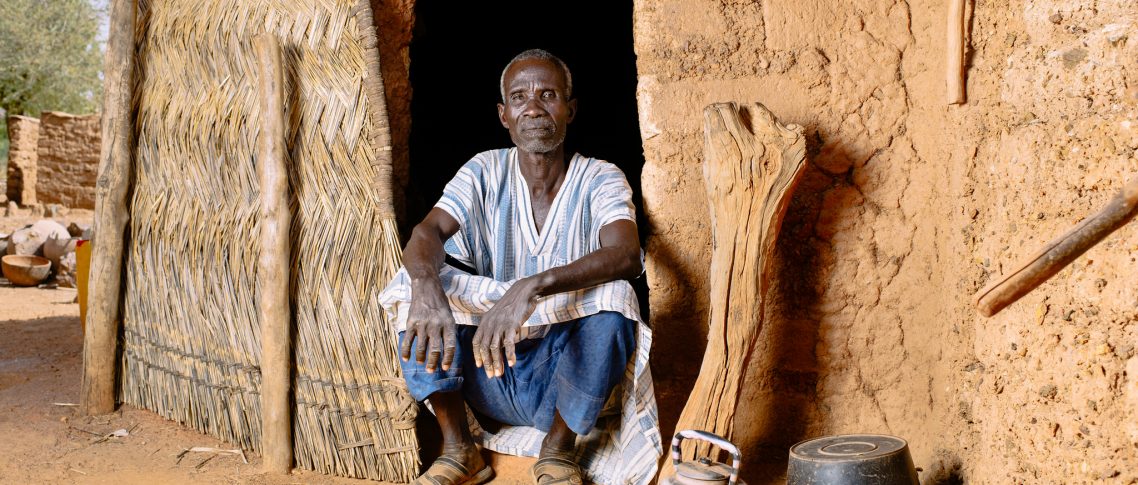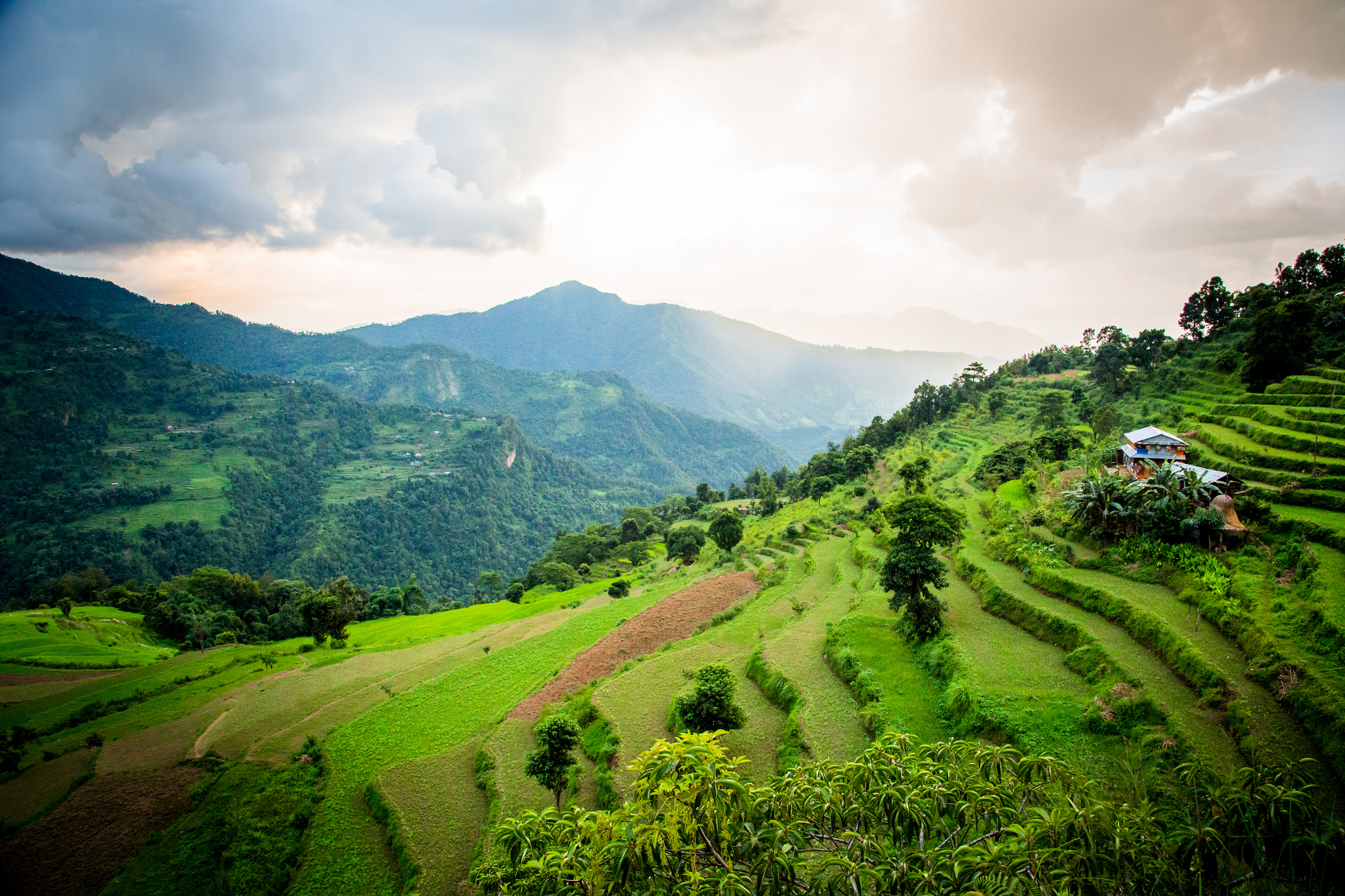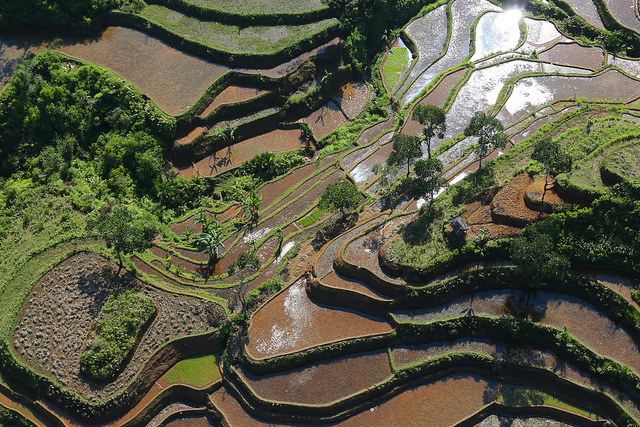At the landscape level, tackling one problem invariably involves trade-offs with another. For instance, expanding smallholder oil palm production in Ghana can improve livelihoods, but also implies deforestation, biodiversity loss, and a threat to food security as land for crops became increasingly scarce.
To take a more holistic approach to problem-solving, integrated landscape approaches (ILAs) – often referred to simply as landscape approaches – are increasingly acknowledged as a way to address biodiversity loss, climate change, food insecurity, poverty and other issues in unison rather than in isolation.
However, landscape approaches come in many shapes and sizes, and distinguishing between, for instance, ILAs and integrated landscape-level initiatives (ILLIs) can be useful and important. The former make a deliberate effort to achieve multiple goals at once by encouraging a range of stakeholders to negotiate their competing land uses. The latter also target landscapes and multiple stakeholders, but tend to hone in on a primary goal – for instance forest restoration, climate change mitigation, or sustainable sourcing of commodities like cocoa or oil palm.
What is the potential of ILLIs to contribute to integrated landscape governance? This question guides a recent special issue of Environmental Management of which I (of the University of Amsterdam’s Institute for Social Science Research, AISSR) led the editing, with support from Center for International Forestry Research (CIFOR) scientists James Reed and Terry Sunderland (also of the University of British Columbia). It brings together a collection of papers that illustrate the transition from sectorial to more integrated approaches, but which were not primarily designed as ILAs.
The issue includes a range of examples: forest landscape restoration to safeguard the provision of environmental services in China; REDD+ programs in Peru and Cameroon; efforts to make the production end of value chains more sustainable; and natural resource management schemes in Ghana, Burkina Faso and the Great Barrier Reef.
So far, integrated landscape approaches have been discussed far more than they have actually been used. And maybe for a reason: institutional fragmentation and the costs of bringing together multiple stakeholders are major hindrances to implementing ILAs.
We see this special issue, then, as an important step forward for gathering information about the process, outcomes and takeaway lessons of more feasible approaches (such as ILLIs) leading up to ILAs, using what examples we have. The papers illustrate the breadth and inclusivity of stakeholder involvement and how these initiatives create synergies and navigate the complexity of the institutional landscape.

CLOSE BUT NOT QUITE
The ILLI examples included in the special issue qualify as ‘integrated’ because they tackle multiple development and conservation aims in multi-functional landscapes, involving a range of actors. Yet they are still ‘initiatives’ because they were borne from sectorial approaches driven by a primary goal.
There are some major differences between ILAs and the ILLIs, we observed. The most glaring was that while most previously reviewed conservation-focused ILAs show limited participation from the private sector, the picture is wholly different for the ILLIs reported in this issue. The private sector participated in 95.8% of the 24 cases, and took the lead in 41.7%. The companies’ motivation for doing so was mainly to improve the sustainability of their sourcing, to prevent supply failure, reduce their ecological impact, satisfy consumer and NGO demands for sustainably sourced products, and to benefit from market price premiums for certified products.
In terms of similarities, several findings in our issue confirm what has already been said in ILA literature. Actors are unlikely to join an integrated initiative if they don’t feel a problem as well as a sense of urgency to act on it. For instance, actors in Sweden felt that it was necessary to integrate water management in forest restoration efforts, whereas a lack of urgency impeded an integrated approach to water quality in the Great Barrier Reef catchment in Australia.
In general, resource depletion, deforestation and degradation are the main drivers of landscape-level initiatives as shown in the ILLIs that originated in value chains. Livelihood concerns and water management often follow in tow.
There’s also a need for bridging organizations and individuals in both ILAs and ILLIs, Such ‘multilevel hybrids’, as they are called in one of the papers, are capable of performing a range of efforts on an integrated initiative, from mobilizing financial and political support, to building trust and social capital with local communities, to creating platforms for collective learning among the many stakeholders involved in a project. Such platforms can provide the crucial opportunity for local and outside stakeholders to negotiate objectives, examine trade-offs and exchange desired outcomes.
Then, there’s the question of overall synergy, which in a sense is the essence of landscape approaches. How do we bring together actors from all different sectors, to address value chain, development and landscape governance goals at once?
We found that the best entry-point for bringing all of these things together is at the producer end of value chains, where initiatives are taken to make them more inclusive and sustainable. Public-private partnerships and landscape certification are potential ways to link value chains and landscape governance. This implies a potentially key role for the private sector in implementing landscape approaches, and in increasing the economic longevity of such initiatives.
‘Value chain collaborations’ between cocoa buyers and farmers in Ghana’s cocoa sector provide a case in point. Here, the buying company trains farmers in sustainable production methods, which enhances the landscape, productivity and incomes at once.
Another paper describes a multifunctional oil palm concession in Indonesia, which combines commodity production with the protection of riparian zones, high conservation forests, and rubber gardens that also serve as cultural-spiritual sites.

FORWARD MOTION
Despite the momentum towards integrated approaches, significant challenges still arise, including power and gender imbalances, dealing with competing objectives, ensuring equitable inclusion of all stakeholders, high transaction costs versus limited finances of local organizations, and getting past the many administrative and sectorial silos.
The papers in the special issue make clear that both ILAs and ILLIs are necessarily context- and issue-specific, because in the end they do often tie back to a certain problem that needs solving. Then, as initiatives and approaches are implemented, managing conflicting interests becomes key – which requires leadership and diplomacy of bridging organizations and platforms to ensure that governance is both fluid and balanced between different groups of stakeholders.
With the aforementioned challenges in play, we concluded that ILLIs might be able to serve as feasible and locally embedded entry points for the implementation of a full ILA. Even if a sectorial actor enters a landscape with a narrow goal in mind, the ensuing finances and local foothold can be a starting block for an effort to then grow into something more broad and inclusive.
The flexibility that ILAs require to deal with the immense diversity – of people, of objectives, of markets, of institutions, of landscapes – often means that those who choose to use them must go “muddling through”. But we’d like to make clear that this need not imply a muddled way of thinking, or a state of imperfection. “Muddling through”, as others have said before, is inherent in the need to adapt to landscape dynamics.
We want you to share Forests News content, which is licensed under Creative Commons Attribution-NonCommercial-ShareAlike 4.0 International (CC BY-NC-SA 4.0). This means you are free to redistribute our material for non-commercial purposes. All we ask is that you give Forests News appropriate credit and link to the original Forests News content, indicate if changes were made, and distribute your contributions under the same Creative Commons license. You must notify Forests News if you repost, reprint or reuse our materials by contacting forestsnews@cifor-icraf.org.



